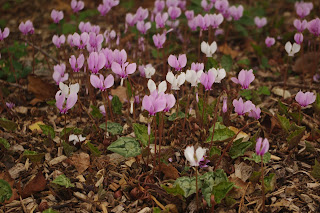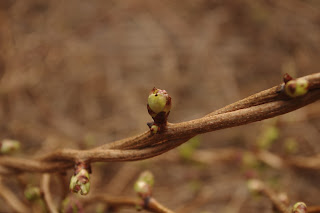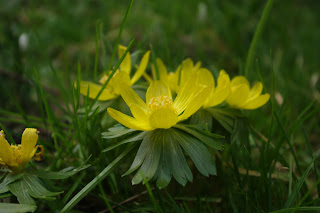I was asked recently about choosing plants for a shady border (besides the inevitable ferns). That got me thinking about good i.e. reliable selections for a herbaceous border which doesn't get much light. I should qualify this by saying that there's shade and there's shade. Dry, moist, bright, dark, full, partial etc. all of which can have a bearing on what may or may not grow there. Anyway here are a few species I have found to be fairly indestructible.
Above is Arum italicum; lush marbled leaves through winter, a curious spadix flower in spring and a spike of bright/red orange (not edible) berries in late summer/autumn.
Stinking Iris (Iris foetidissima) is tough as old boots (and doesn't stink). Evergreen fronds, pale blue or yellow veined flowers in summer, dangling red berries (also not edible) in autumn/winter.
Ramsons (Allium ursinum) aka Wild Garlic. Can be bought as a bulb in autumn or in pots in spring when the leaves start to appear followed by white flowers. Will multiply over time but needs a moist soil.
There are several Geraniums worth a try in shade. G. phaeum has clumps of foliage and elegant flower stems either maroon or white. G. macorrhizum is mat forming and low growing with white flowers or shades of pink depending which variety. Both are late spring/early summer flowering. G. nodosum (as seen above) flowers a bit later and well into autumn; not profuse with flowers but spreads and pops up all over the place if it likes the conditions.
Ivy-leaved Cyclamen (Cyclamen hederifolium) is a useful species for the shade garden. It's one of the very few that comes into flower in late summer/early autumn. The foliage that follows looks a bit like ivy but variegated.
Anyway, these are some of the possibilities and as I say shade comes with many distinctions. Growing in shade is a particular interest of mine and there are numerous entries on the topic. My post concerning plants for dry shade [6th. March 2019] is one of the most read on this blog to date so it appears to have struck a chord. I also wrote an eight part series on planting shady areas in November 2021.









































